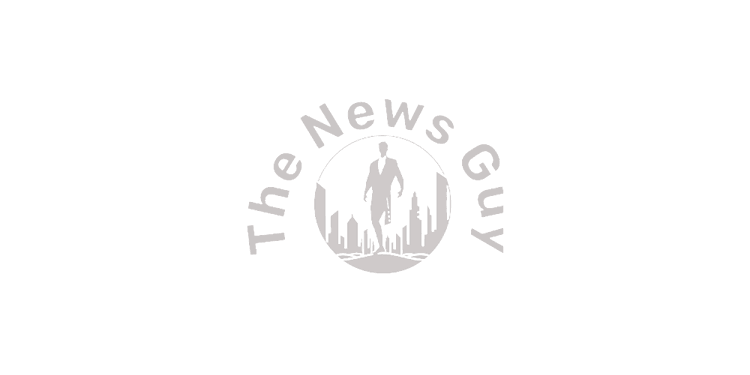In a country deeply divided along political, social and cultural lines, the question of just how polarised the United States has become remains a topic of fierce debate. From heated discussions in Congress to impassioned debates on social media, the nation’s ideological divide shows no signs of abating. In this article, we delve into the current state of polarisation in the United States, exploring the factors driving this divide and the implications for the country’s future.
Table of Contents
- The Political Divide in the United States: A Deepening Chasm
- Factors Contributing to Polarisation in American Society
- Potential Solutions to Bridging the Divide in the US
- The Impact of Polarisation on American Democracy
- Q&A
- Wrapping Up
The Political Divide in the United States: A Deepening Chasm
In the current political climate of the United States, the divide between conservatives and liberals seems to be growing wider by the day. With each passing policy decision or contentious issue, the rift between the two sides deepens, leading to an environment of hostility and animosity.
**Key points:**
- The rise of social media has allowed for echo chambers, where individuals only interact with those who share their beliefs.
- Misinformation and fake news spread rapidly, further fueling the division among Americans.
- Political polarization has seeped into everyday life, affecting relationships, workplaces, and even family dynamics.
Factors Contributing to Polarisation in American Society
One of the key is the increasing political divide between left and right. This ideological split has become more pronounced in recent years, with each side becoming more entrenched in their beliefs and less willing to compromise. This has led to a breakdown in civil discourse and a rise in extremism on both ends of the political spectrum.
Another factor fueling polarisation is the role of the media in shaping public opinion. With the rise of social media and 24-hour news channels, Americans are increasingly living in echo chambers where they only hear opinions that align with their own. This has led to a lack of understanding and empathy between different groups, further deepening the divide in society.
Potential Solutions to Bridging the Divide in the US
One potential solution to bridging the divide in the United States is through increasing empathy and understanding between different groups. This can be achieved through initiatives such as dialogue forums, cultural exchange programs, and community-building activities. By fostering connections and encouraging open communication, individuals from diverse backgrounds can begin to see commonalities and build relationships based on mutual respect.
Another approach to bridging the divide is through education and awareness efforts. This includes implementing curriculum that promotes diversity and inclusion in schools, as well as providing resources for promoting media literacy and critical thinking skills. By equipping individuals with the tools to critically analyze information and recognize bias, we can work towards breaking down stereotypes and promoting a more unified society. Additionally, promoting civil discourse and constructive dialogue in public spaces can help to facilitate meaningful conversations and bridge the gap between conflicting perspectives.
The Impact of Polarisation on American Democracy
The United States is more polarized than ever before, with political, social, and cultural divides becoming increasingly deep-rooted. In recent years, the country has seen a rise in extreme partisanship, where individuals are more likely to align themselves with a particular political party and demonize those who hold different beliefs. This polarization has a significant impact on American democracy, as it leads to gridlock in decision-making, a lack of compromise, and an erosion of trust in institutions.
Furthermore, the polarized nature of American society has fueled a growing hostility and intolerance towards those who hold opposing views. This has resulted in increased political violence, online harassment, and a breakdown of civil discourse. As a result, the ability to have constructive debates and find common ground on important issues has become increasingly challenging. It is crucial for the United States to address this polarization to ensure a healthy democracy and a united society.
Q&A
Q: How polarised is the United States?
A: The United States is currently experiencing high levels of political and social polarization.
Q: What factors contribute to the polarization in the country?
A: Factors such as widening income inequality, geographic sorting, and the rise of social media have all played a role in exacerbating polarization in the United States.
Q: How does polarization manifest in American society?
A: Polarization can be seen through the growing divide between political parties, the increasing mistrust of institutions, and the rise of identity politics.
Q: What are the consequences of polarization in the United States?
A: Polarization has led to political gridlock, decreased civility in public discourse, and a deepening sense of distrust between different segments of American society.
Q: Is there a way to overcome polarization in the United States?
A: Some experts believe that promoting dialogue, investing in education, and fostering a sense of national unity are key steps towards addressing and overcoming polarization in the United States.
Wrapping Up
the polarization in the United States is reaching unprecedented levels, with deep political divides shaping societal discourse and government decision-making. As the country grapples with ongoing challenges and a growing lack of consensus on key issues, it remains crucial for leaders and citizens alike to find common ground and work towards a more unified future. Stay tuned for more updates on this evolving story on Al Jazeera English.
